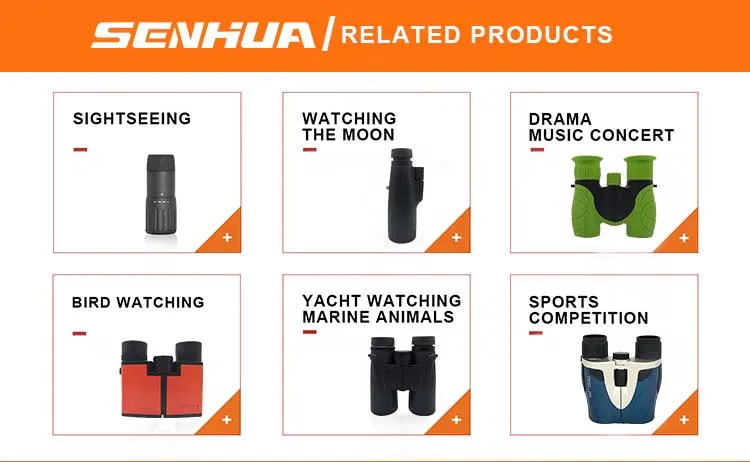
#Binocular strength free
The quality of the lens, meanwhile, ensures the image is aberration free and has better contrast. The lens coating is important because it reduces the amount of light reflected and allows the maximum amount of light to enter. Between an 8x25 and 8x40 lenses, the latter creates a brighter and better image with its bigger diameter. A ratio of 5 in relation to the magnification is ideal. So for low light conditions, you get better images if you have a bigger diameter objective lens. The size of this lens is crucial because it determines the amount of light that enters the binoculars. The objective lens is the one opposite the eye piece. The best magnifications for regular use are between 7x and 12x, anything beyond and it will be tough to manage without a tripo For instance, a bird 1,000 metres away will appear as if it was at a distanc e100 metres away as see with the naked eyes. So if the binocular says 10x, it means it magnifies the subject ten times. The magnification of a binocular is the number that is written with the x. But what about the average user? Here is a guide to selecting binoculars. These users are clear about the specifications they need while buying a device.

But there are many people who are very serious about their binoculars, among them sports lovers, nature enthusiasts and bird watchers. This is partly because we don't have a specific use for the product and find the need to have one only when we are on a vacation, that too on a scenic spot.

We have all seen and used binoculars, but not many of us actually take the plunge and buy one.


 0 kommentar(er)
0 kommentar(er)
